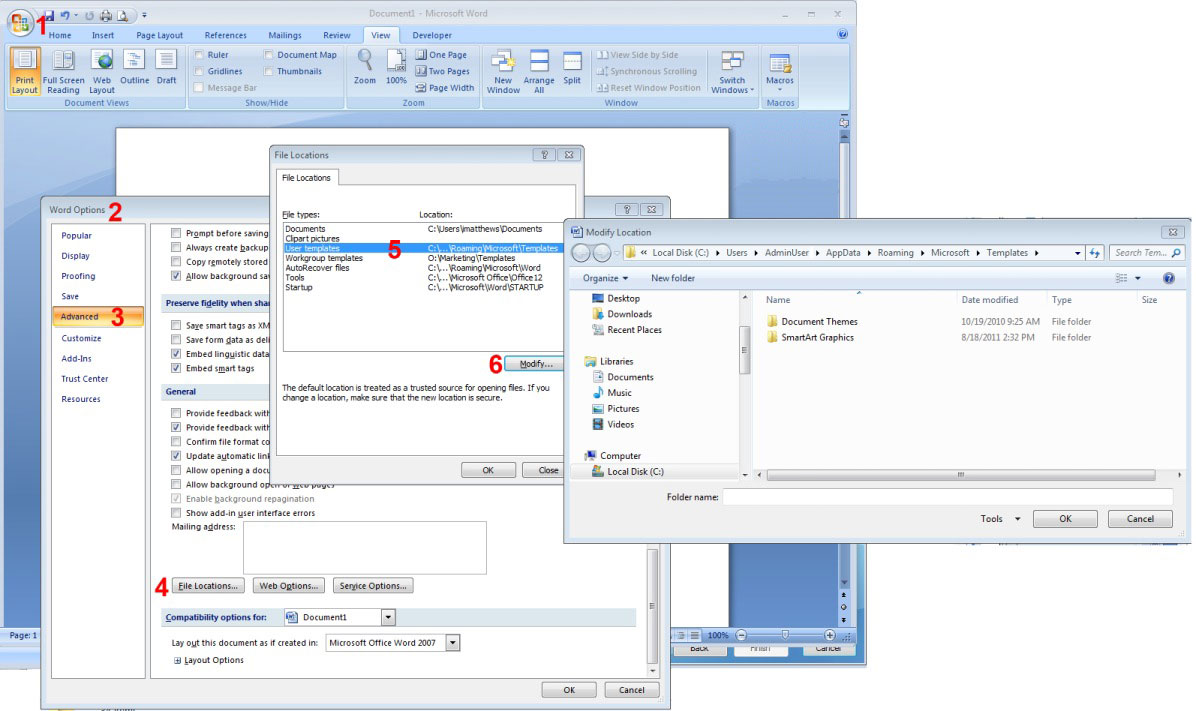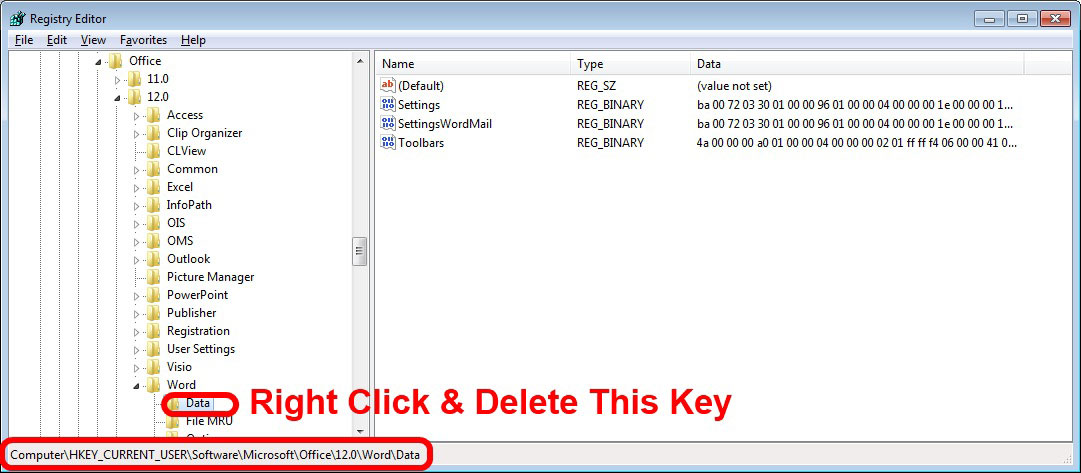
- #RESET OFFICE WORD 2016 FOR MAC TO DEFAULT FOR MAC#
- #RESET OFFICE WORD 2016 FOR MAC TO DEFAULT INSTALL#
- #RESET OFFICE WORD 2016 FOR MAC TO DEFAULT PASSWORD#
When you’ve removed all the files listed in this section, empty the Trash and restart your computer.
#RESET OFFICE WORD 2016 FOR MAC TO DEFAULT FOR MAC#
Repeat this for each Office 2016 for Mac icon in the Dock. To remove these icons, ctrl + click (or right-click) the icons select Options and click Remove from Dock. If you added Office icons to the Dock they may turn into question marks after you uninstall Office 2016 for Mac. Step 4: Remove Office 2016 for Mac icons from the Dock Remove all these entries also if present. If they’re not present, then skip to the next stepģ. In the search bar at the top of the Keychain Access window, search for all occurrences of ADAL. Press ctrl+click (or right-click) these entries and then click Delete to remove them.
#RESET OFFICE WORD 2016 FOR MAC TO DEFAULT PASSWORD#
Look for the following password entries for your Office 2016 for Mac:
You’ll find a long list of all the passwords and keys saved on your Mac here. Inside this, find the Keychain Access app and open it up. In Finder, open your Applications folder and find the Utility subfolder. If they’re not present, then skip to the next step Step 3: Remove Keychain Entries Once you’ve backed these files up, press ctrl+click (or right-click) on them and then click Move to Trash. You should back up these folders before you delete them. WARNING: Outlook data will be removed if you move these folders to Trash. Open the Containers folder and look for these files:Ĥ. Next, go back to the Library and open the Group Containers folder. These subfolders are called: Containers and Group Containers.ģ. In your User Library folder, there are two subfolders we need to remove Office supporting files from. The Library folder should now be showing. In the View Options dialog box, click on Show Library FolderĢ. Next click on the View menu in Finder (also at the top of the screen) and select Show View Options. In Finder’s Go menu at the top of your screen, select Home. To remove files from your user Library folder then you’ll first need to unhide it: In most Macs, the User Library folder is hidden by default. If it’s not present then skip to the next step B – Remove files from your user Library folder Press ctrl+click (or right-click) this file and then click Move to Trash. If they’re not present, then skip to the next step.ĥ. Go back to Library one more time and open the Preferences folder. Press ctrl+click (or right-click) these files and then click Move to Trash. 
If they’re not present, then skip to the next stepĤ. Next, go back to the Library and open the PrivilegedHelperTools folder.
Open the LaunchDaemons folder and look for these files:. These subfolders are called: LaunchDaemons, PrivilegedHelperTools, and Preferences. In the Library folder, there are three subfolders we need to remove Office supporting files from. Open Finder, and click on Go the tab in the menu bar at the top of your screen. A – Remove files from the Macintosh HD Library folder For a complete uninstallation, you’ll also need to remove these. MS Office 2016 for Mac supporting files are found in your Macintosh HD Library and User Library folders. Press ctrl+click (or right-click) the selected apps and click Move to Trash. Hold the COMMAND key + click on each app to select multiple items at once/ Select all your Office 2016 for Mac applications. Step 2: Remove Office 2016 for Mac applications 
Select the application you want to close, and then click the Force Quit button.
 Click the Apple icon at the top left of the screen directly, and choose Force Quit. If the application is stuck and “not responding” for any reason, you may need to force it to quit. If the program icon appears in the Dock, press the CONTROL key on your keyboard, click the icon, and then select Quit.
Click the Apple icon at the top left of the screen directly, and choose Force Quit. If the application is stuck and “not responding” for any reason, you may need to force it to quit. If the program icon appears in the Dock, press the CONTROL key on your keyboard, click the icon, and then select Quit. 
if Word for Mac is active, click Word next to the Apple icon from the menu system, and then click Quit Word)
Select the application name next to the Apple icon in the toolbar at the top of your screen, and then click Quit in the dropdown menu (e.g. There are two main ways to quit an active Office for Mac application: Follow the below steps to completely remove Office 2016 for Mac from your computer: Step 1: Quit all active Office 2016 for Mac applications To completely uninstall Office from your Mac, you’ll also need to remove these. The office, however, has a number of other subfolders saved on your hard disk to make all its different functions work properly. With some programs, you can simply drag the program from your Mac’s Applications folder to the Trash can and it’s done. #RESET OFFICE WORD 2016 FOR MAC TO DEFAULT INSTALL#
If you’ve got a copy of Microsoft Office 2016 for Mac has some bugs, or you want to install an updated version, you may want to remove the original Office program from your Mac to do a fresh install after.








 0 kommentar(er)
0 kommentar(er)
